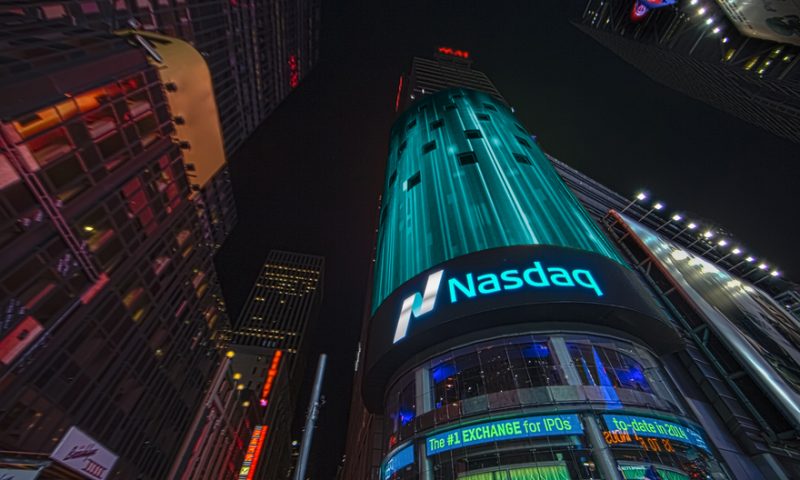Sana Biotechnology is following the Moderna playbook to a tee: Promise a lot based on very early science, be vague, nab a major VC raise, then gun for an IPO.
While Moderna has, in some respects, come up good after its monster $600 million-plus IPO a few years back and it now looking to literally save the world and the economy with its mRNA vaccine, Sana is looking for a $150 million IPO for its range of preclinical stem cell and gene control platforms.
That $150 million could, if history repeats itself, swell to be much more than that: It raised a gigantic $700 million last summer from a who’s who of VCs including Arch Venture Partners, Flagship Pioneering, the Canada Pension Plan Investment Board, Baillie Gifford, F-Prime Capital, the Alaska Permanent Fund, the Public Sector Pension Investment Board, Bezos Expeditions, GV, Omega Funds, Altitude Life Science Ventures and “multiple unnamed institutional investors.”
Many other early-stage biotech have also lowballed their IPO target only to see it eventually grow to 50% or 100% more than that.
Last year, Sana licensed technology from Harvard University to further its efforts to develop off-the-shelf cell therapies, its main pipeline focus. The goal is to genetically modify and differentiate stem cells to create cell therapies that are cloaked from the immune system.
Using this, Sana said at the time it plans to harness these resources to create off-the-shelf cell therapies capable of treating a range of diseases. To achieve that goal, Sana will need to find ways to stop the immune system from rejecting the cells as foreign.
The biotech, run by a bunch of former Juno execs, is focused on a series of disease areas including oncology, diabetes, central nervous system disorders, cardiovascular diseases and genetic disorders.
All of its candidates are, however, in preclinical development, with IND submissions for clinical work not expected until 2022 and 2023, according to its Securities and Exchange Commission filing.
“Our vision is to build the pre-eminent company focused on engineered cells to create medicines for patients,” it said in its filing. “Our mission is to do so at a scale that allows broad accessibility for patients so that we can democratize access to curative therapies.
“To achieve this, we have strategically focused on the key limitations for generating engineered cell therapies, whether the cell modulation occurs in vivo or ex vivo. We also continue to aggregate the people and technologies that will allow us to research, develop, manufacture, and ultimately commercialize differentiated products across a range of diseases.”
It plans to list as “SANA” on the Nasdaq.

